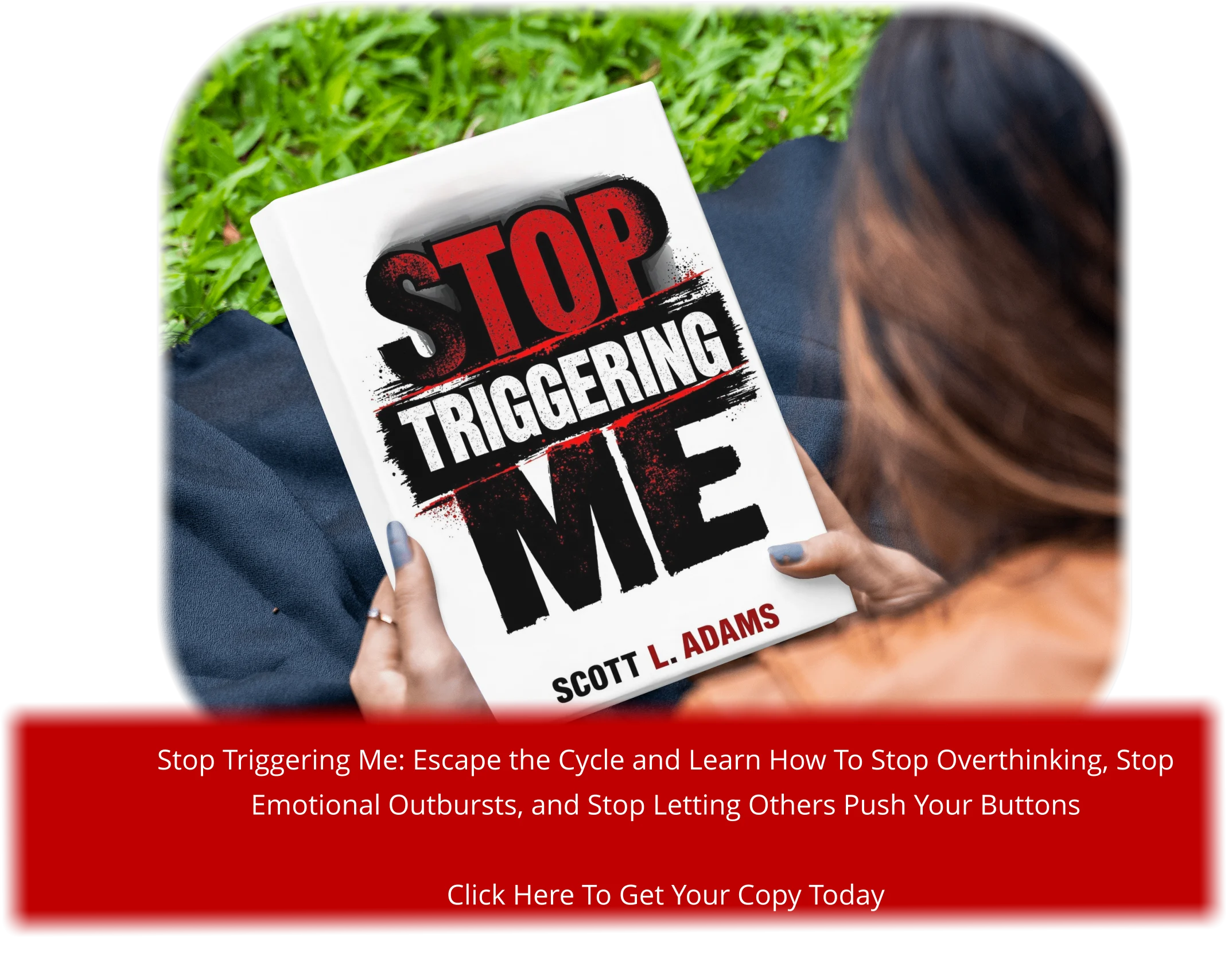Affecting approximately 1 in 16 men, mental health challenges like social anxiety disorder are more common than we think. I’ve seen firsthand how it can create barriers in men’s lives, from missed career opportunities to difficulties forming meaningful relationships.
This comprehensive guide will explore what social anxiety looks like specifically for men and provide practical strategies to overcome it. My goal is to share actionable advice based on research and real-life experience, helping you break free from its grip.
Key Takeaways
- Understand the differences between normal shyness and social anxiety disorder.
- Learn practical self-help techniques to manage anxiety.
- Discover professional treatment options available for mental health challenges.
- Find out how to build meaningful relationships despite social anxiety.
- Get insights into overcoming the barriers created by anxiety disorder.
Understanding Social Anxiety in Men
I’ve come to realize that social anxiety is not just about being shy; it’s an intense fear that can be overwhelming. As we explore this topic, it’s essential to understand the nuances of social anxiety disorder and how it affects men.
What Is Social Anxiety Disorder?
Social anxiety disorder is a recognized mental health condition characterized by an intense fear of social situations where one may be scrutinized, evaluated, or judged by others. This fear causes significant distress and impairs daily functioning. It’s not just about feeling nervous; it’s a persistent fear that can be debilitating. For men, this can manifest as a fear of appearing weak or incompetent, conflicting with societal expectations of male confidence.
How Social Anxiety Differs from Shyness
While shyness might cause temporary discomfort, social anxiety disorder creates a persistent pattern of avoidance and intense distress. Unlike being shy, where you can still participate in social activities, social anxiety can completely derail your daily life. For instance, I would spend days or even weeks worrying about upcoming social events, experiencing physical symptoms like a racing heart and sweating just thinking about them. This level of impairment is what distinguishes social anxiety disorder from everyday shyness.
Understanding that social anxiety is a treatable condition rather than a personal failing is a crucial step toward recovery. By acknowledging the differences between shyness and social anxiety disorder, men can take the first step toward seeking help and regaining control over their lives.
Common Symptoms of Social Anxiety in Men
Recognizing the symptoms of social anxiety is the first step towards managing and overcoming it for men. Social anxiety can manifest in different ways, making it crucial to understand its various forms.
Physical Symptoms
Men with social anxiety often experience physical symptoms that can be distressing. These include a racing heart, sweaty palms, and a shaky voice. In severe cases, panic attacks can occur, leaving the individual feeling overwhelmed and unable to breathe. As I recall, “The physical symptoms of social anxiety hit me like a wave before social events—racing heart, sweaty palms, shaky voice, and sometimes even full-blown panic attacks where I felt like I couldn’t breathe.”
Psychological Symptoms
The psychological impact of social anxiety should not be underestimated. Men may experience a constant fear of negative judgment, persistent worry about embarrassing themselves, and a feeling of their “mind going blank” during conversations. Negative thought patterns, such as “Everyone will notice how awkward I am,” or “I’ll say something stupid and they’ll all laugh,” can be particularly debilitating.
Behavioral Patterns
Social anxiety can also lead to specific behavioral patterns in men, including avoiding eye contact, declining social invitations, and finding excuses to leave events early. Some may use alcohol as “liquid courage” before social interactions. These behaviors create a vicious cycle, where the more you avoid social situations, the more your anxiety grows, making it harder to break free without proper intervention.
Understanding these symptoms is crucial for developing effective coping strategies. By acknowledging the physical, psychological, and behavioral aspects of social anxiety, men can take the first steps towards overcoming their struggles.
How Social Anxiety Impacts Men’s Lives
The effects of social anxiety on men’s lives are multifaceted, touching on career advancement, dating, and overall mental well-being. Men dealing with social anxiety often find themselves navigating a complex web of challenges that can impact various aspects of their lives.
Effects on Career and Professional Growth
Social anxiety can significantly hinder a man’s career advancement. For instance, it can lead to avoiding networking events, struggling with job interviews, or turning down speaking opportunities. This can result in missed chances for professional growth. Some men may even pass up promotions that require more social interaction or public speaking, effectively capping their career potential.
- Turning down opportunities due to fear of social interactions
- Avoiding networking events that could lead to new career opportunities
- Struggling with job interviews, impacting career advancement
Challenges in Dating and Relationships
In the dating world, social anxiety creates unique challenges. Men are often expected to initiate conversations, plan dates, and make the first move, which can be daunting when battling intense social fear. Social anxiety can also strain established relationships, as men may dread milestones like meeting their partner’s friends or attending family gatherings.
- Difficulty initiating conversations or planning dates
- Fear of meeting new people or attending social gatherings
- Strain on established relationships due to anxiety-related behaviors
Impact on Overall Mental Health
The constant stress of navigating social situations with anxiety takes a toll on overall mental health. It can lead to depression, substance use, and feelings of isolation. For men, cultural expectations to “man up” or “push through” anxiety can make it harder to acknowledge their struggles and seek help.
- Increased risk of depression and substance use
- Feelings of isolation and loneliness
- Barriers to seeking help due to cultural expectations
Self-Help Strategies for Managing Social Anxiety
Overcoming social anxiety involves adopting various self-help strategies that promote mental well-being. By incorporating these techniques into daily life, men can better manage their anxiety and improve their overall quality of life.
Mindfulness and Breathing Techniques
Mindfulness and breathing techniques are essential tools for managing social anxiety. Practicing deep breathing exercises, such as the 4-7-8 method, can significantly reduce physical symptoms of anxiety. This technique involves inhaling for 4 counts, holding the breath for 7 counts, and exhaling for 8 counts, helping to calm the nervous system.
Gradual Exposure to Social Situations
Gradual exposure to social situations is another effective strategy. By creating an “exposure ladder,” individuals can gradually face their fears, starting with less intimidating situations and progressing to more challenging ones. This approach helps build confidence and reduces avoidance behaviors.
Challenging Negative Thought Patterns
Learning to challenge negative thought patterns is crucial in managing social anxiety. By examining the evidence for and against anxious thoughts, individuals can often discover that these thoughts are based on assumptions rather than facts. This realization can help reduce the intensity of anxiety.
Recommended Self-Help Resources
There are numerous self-help resources available that can provide valuable guidance and support. Books like “The Anxiety and Phobia Workbook” and podcasts such as “The Social Ninjas” offer practical advice and real-life stories of overcoming social anxiety. Utilizing these resources can be a significant step towards recovery.
Professional Treatment Options
Social anxiety disorder is a treatable condition, and seeking professional help is often the most effective way to overcome it. While self-help strategies can be beneficial, some men may require additional support to manage their symptoms effectively.
Cognitive Behavioral Therapy (CBT)
Cognitive Behavioral Therapy (CBT) is a highly effective form of psychological treatment for social anxiety disorder. Through CBT, a psychologist or therapist works with you to identify and change harmful or unhelpful thinking and behavioral patterns. This therapy usually takes place over multiple sessions, where your therapist helps you gain a different perspective on your anxiety, enabling you to respond better to stressful situations. CBT has been shown to be particularly effective in helping men overcome social anxiety disorder by teaching them practical techniques to manage their anxiety symptoms.
- CBT helps you identify and challenge distorted thinking patterns that fuel your anxiety.
- Through structured exposure exercises, you can gradually confront feared social situations.
Medication Options
For many men with severe social anxiety disorder, medication can provide crucial relief from debilitating symptoms. Antidepressants, such as selective serotonin reuptake inhibitors (SSRIs), are commonly prescribed to treat social anxiety disorder. SSRIs work by regulating serotonin levels in the brain, which can help reduce anxiety symptoms. Other medication options include serotonin-norepinephrine reuptake inhibitors (SNRIs), benzodiazepines, and beta-blockers, each serving different purposes in managing social anxiety disorder.
- SSRIs like sertraline (Zoloft) and fluoxetine (Prozac) are commonly prescribed for social anxiety disorder.
- Beta-blockers such as propranolol can be helpful for performance anxiety situations.
Finding the Right Mental Health Professional
Finding the right therapist or mental health professional is a critical step in your treatment journey. It may take a few attempts to find someone who understands your specific needs and with whom you can build a strong therapeutic relationship. Research has shown that the “fit” or connection you have with your therapist is the biggest factor affecting the efficacy of therapy. Don’t be discouraged if your first therapy experience isn’t helpful; it’s worth taking the time to find someone you connect with.
Building a Support System
I’ve learned that having the right support system in place can make all the difference in managing social anxiety. As someone who has struggled with this condition, I can attest to the importance of having people who understand and support you.
The Importance of Male Support Groups
Male support groups offer a unique space for men to discuss their social anxiety without fear of judgment. These groups provide a sense of community and connection with others who are going through similar experiences. You can find support groups online or in-person, and they may be led by a therapist or a community member. I found that being part of a male support group helped me feel less alone and provided me with practical advice from others who had walked the same path.
Opening Up to Friends and Family
Opening up to friends and family about my social anxiety was a challenging but ultimately rewarding experience. I found that being honest about my struggles strengthened my relationships rather than weakening them. It’s essential to be selective about who you share your struggles with, starting with the most trustworthy people in your life.
- Be honest about your struggles
- Start with trustworthy people
- Gradually expand your circle of support
Online Communities and Resources
Online communities, such as forums and social media groups, can be a valuable resource for men struggling with social anxiety. These digital spaces provide 24/7 support and allow you to practice social interaction in a lower-pressure environment. I found online communities to be a lifeline during the worst periods of my social anxiety, and I was able to connect with others who understood my struggles.
Moving Forward: Creating a Personalized Recovery Plan
As I navigated my journey with social anxiety disorder, I discovered that a tailored recovery plan was key to my progress. Creating a personalized plan involves combining multiple approaches to manage anxiety effectively.
My recovery plan included a mix of weekly therapy sessions, daily mindfulness practice, and gradual exposure challenges. I also found regular check-ins with my support group to be crucial for maintaining accountability. Tracking my progress using anxiety rating scales and a journal helped me recognize patterns in my anxiety triggers and celebrate improvements.
Setting realistic, measurable goals was essential for my recovery. Instead of aiming to completely eliminate anxiety in social situations, I focused on specific objectives, such as maintaining a conversation without avoiding eye contact. This approach helped me make steady progress in managing my social anxiety disorder.
It’s essential to understand that recovery from anxiety disorder isn’t linear; some days will be harder than others. However, with consistent effort and the right support, the overall trajectory can still be positive. Your personalized plan should evolve as you progress, incorporating new challenges and strategies as needed.
By adopting a comprehensive and flexible recovery plan, you can effectively manage social anxiety and improve your overall well-being. Remember, treatment is not a one-size-fits-all solution; it’s about finding what works best for you.









